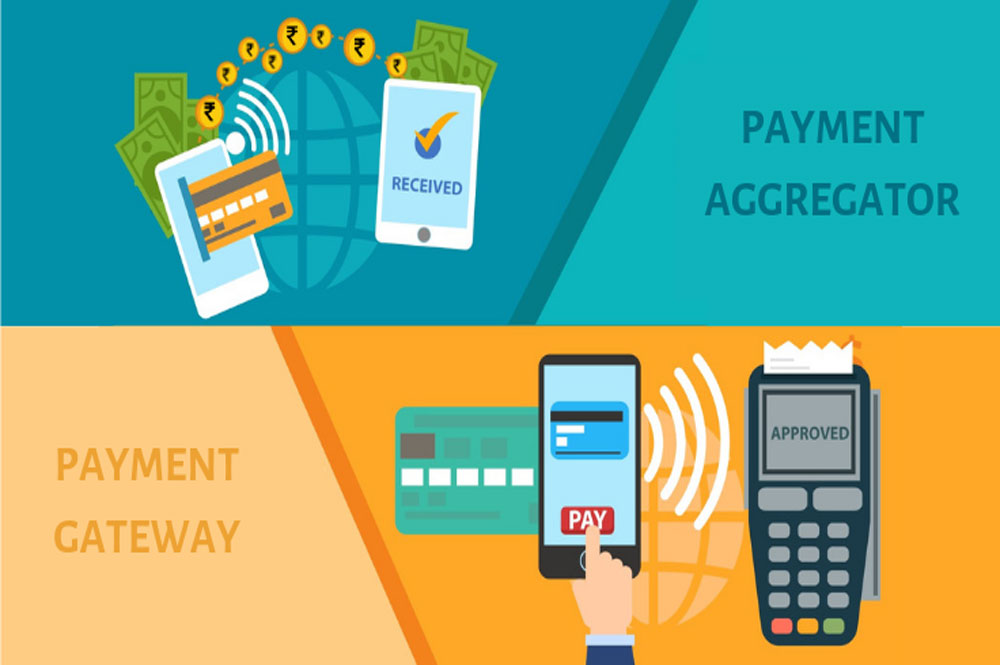An efficient payment solution helps businesses to streamline their processes, automate payment processing and efficiently manage financial transactions, which in turn contributes to the overall success of the business in the highly competitive online space. While there are many entities involved in the payment ecosystem, payment gateways and payment aggregators are two of the most important entities that merchants need to understand. Understanding the difference between a payment aggregator and a payment gateway is essential for businesses. Here, you can explore the differences between a payment aggregator vs payment gateway, highlighting the features and benefits that help make an effective payment option for your business and your customers.
Payment Gateways – Intermediaries:
A payment gateway acts as an intermediary between a merchant and a financial institution, such as an acquiring bank, a network, etc. A payment gateway is a technology that securely transfers payment data from a merchant to an issuing bank through an acquiring bank and a network. In simple terms, a payment gateway is a service provider that enables a merchant to accept payments from a customer on a website or app through an acquiring bank. Payment gateways are often associated with card transactions. Even in UPI, the acquiring bank uses a technology solution that works similarly to a payment gateway. To understand how a payment gateway works, here are the entities that connect to a payment gateway.
Acquirer Bank: A bank or financial institution that processes customer payments via debit cards, credit cards, and UPI on behalf of the merchant. The acquirer bank sends payment information, such as payment amount and payment instrument details, to the issuing bank via the network and collects the payment from the issuing bank.
Issuing Bank: As the name suggests, the issuing bank issues the credit/debit card or VPA in case of UPI payments on behalf of the network. The issuing bank authorizes and releases the funds on behalf of the customer to the issuing bank.
Payment Aggregator – Interface:
A payment aggregator is a payment solution or platform provider that aggregates different payment modes, such as UPI cards, net banking, and wallets. They also include alternative credit products in collaboration with processing entities such as acquiring banks, direct banks and wallet and alternative credit product providers on a single platform. Merchants can integrate with the payment aggregator and enable various payment options for customers to make payments. In short, a payment aggregator provides a set of payment methods to a merchant so that customers can pay using their preferred payment mode. The payment aggregator also provides funds for payments, i.e., transfers funds from banks and other issuing entities to the merchant.
Roles and Responsibilities of a Payment Aggregator:
A payment aggregator aggregates different payment modes in collaboration with the Zupain, enabling businesses to accept payments. Here are the features of a payment aggregator:
Transaction Processing: Payment aggregators collect payment data from merchants and send it to the acquiring bank or PSP or associated banks for transaction processing.
Payments: Payment aggregators process payments to merchants. They collect payments from partner entities and deposit them into the merchant account within a specified timeframe.


